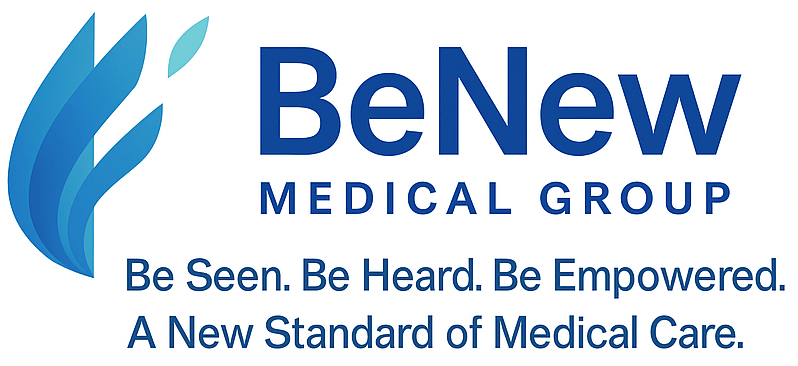Introduction
In our fast-paced world, stress is a common ailment that affects millions globally, impacting overall well-being and productivity. Mindfulness has emerged as a powerful tool in managing stress and enhancing mental health. With the rise of telemedicine, accessing mindfulness training and support has become more feasible, allowing individuals to engage in these practices from the comfort of their homes. This article explores how mindfulness can be integrated into daily life to manage stress effectively and enhance well-being, especially through the platform of telemedicine.
Understanding Mindfulness
What is Mindfulness?
Mindfulness is the practice of being fully present and engaged in the moment, aware of your thoughts and feelings without distraction or judgment. It involves a conscious direction of our awareness away from habitual, often unconscious emotional and physiological reactions toward more complex and enriching ways of being.
The Science Behind Mindfulness
Research shows that mindfulness techniques can reduce cortisol levels, enhance concentration, and improve overall psychological well-being. By practicing mindfulness, individuals can develop a greater capacity to cope with stress, reduce anxiety, and cultivate a state of peace in their daily lives.
Integrating Mindfulness Through Telemedicine
Telemedicine and Mindfulness Training
Telemedicine offers a unique platform for delivering mindfulness training, making it accessible to a broader audience. Virtual sessions can be conducted individually or in groups and are facilitated by certified mindfulness practitioners.

Benefits of Virtual Mindfulness Sessions
- Accessibility: Individuals living in remote areas or those with mobility issues can easily access these services online.
- Convenience: Sessions can be scheduled at times that suit the user’s lifestyle, making regular practice more achievable.
- Privacy and Comfort: Learning and practicing mindfulness from home can provide a safe space for individuals to explore their mental health needs openly.
Mindfulness Techniques to Practice at Home
Mindful Breathing
This fundamental mindfulness practice involves focusing your attention on your breath, the inhale and exhale, which can be used to anchor yourself in the present moment when stress levels rise.
Body Scan Meditation
A body scan is a technique used to check in with each part of your body, notice any feelings of discomfort or tension, and consciously release that tension. It is particularly useful for becoming attuned to physiological responses to stress.
Guided Visualization
Through telemedicine platforms, practitioners can lead guided visualization practices, helping individuals imagine a peaceful place and focus on the sensory details to enhance mindfulness and relaxation.
Implementing a Mindful Routine
Daily Practice
Consistency is key in mindfulness practice. Even ten minutes a day can significantly impact stress reduction and well-being. Telemedicine apps can send reminders and track progress to keep you motivated.

Mindful Eating
Mindful eating involves paying full attention to the experience of eating and drinking, both inside and outside the body. Telemedicine programs can offer nutritional counseling that incorporates mindful eating techniques to improve digestion and satisfaction with meals.
Integrative Mindful Movement
Yoga and tai chi are physical forms of mindfulness that combine movement with breath control and mental focus. Many telemedicine services now offer live or recorded sessions that guide users through these practices.
Challenges and Considerations
While mindfulness via telemedicine offers many benefits, there are challenges to consider:
- Technology Issues: Dependence on technology means that connectivity issues can disrupt sessions.
- Personal Connection: Some may find the virtual format less personal, which can affect the depth of the therapeutic relationship.
Conclusion
Mindfulness is a valuable tool for reducing stress and enhancing well-being, and with the advent of telemedicine, it is more accessible than ever. By incorporating mindfulness practices into daily routines, individuals can experience significant improvements in both mental and physical health. Telemedicine not only broadens the reach of mindfulness training but also supports ongoing practice by providing tools and resources that make integration into daily life seamless and effective. Whether you are new to mindfulness or looking to deepen your practice, telemedicine offers a flexible, effective way to support your health journey.


